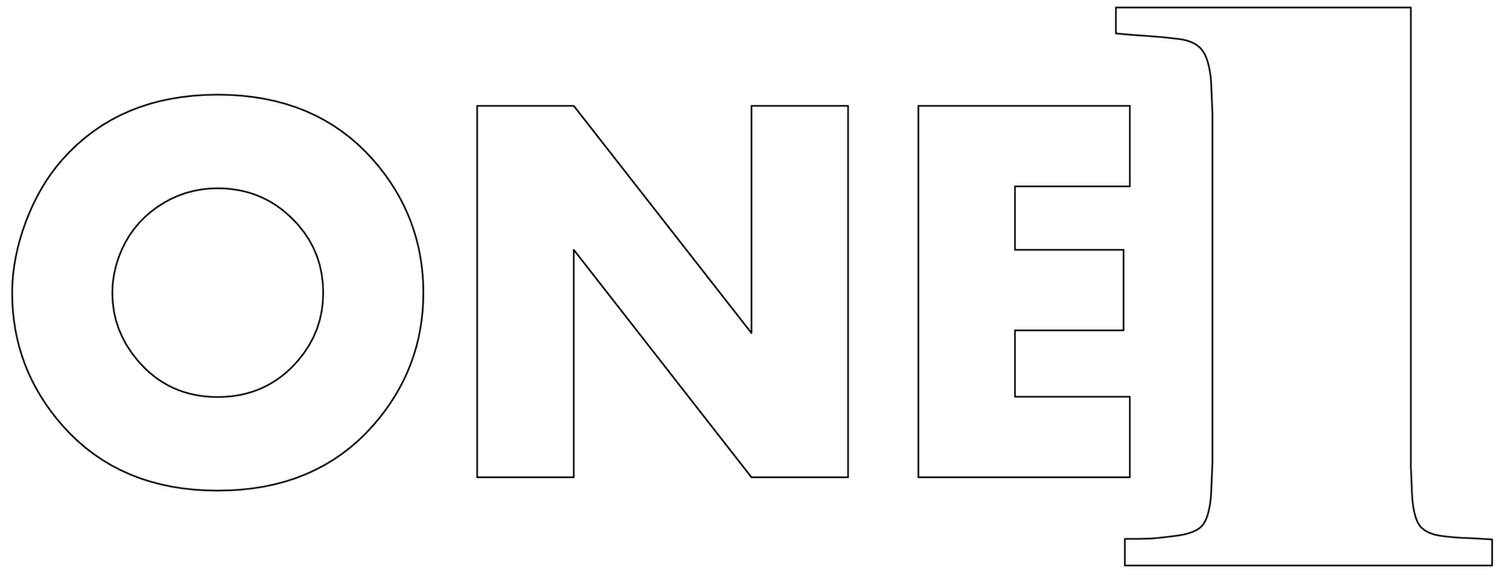Marketing Is Just Being A Little Bit Nosy: Why Curiosity Is Your Competitive Advantage
Lesson 1 of 25 from podcast conversations with leaders who leave the world better than they found it
I used to think marketing required some special gene I didn't have—that extroverted, confident, sales-y thing that makes people light up at networking events and craft the perfect elevator pitch.
Then I sat down with Dianne Doherty, a Western Massachusetts legend who's spent decades transforming communities through strategic curiosity, and she said something that changed how I see the whole game:
"Marketing is really just being a little bit nosy."
Not pushy. Not performative. Just genuinely curious about what people actually need.
The Problem With Broadcasting
Most mission-driven organizations struggle with messaging. We craft careful language about "stakeholder engagement" and "capacity building." We workshop taglines. We debate whether our impact is "transformative" or "catalytic."
And then we're confused when none of it lands.
Here's what's happening: We're broadcasting instead of listening.
We're so focused on what we want to say that we forget to ask what our stakeholders need to hear. We treat marketing as transmission—get our message out there—when it should be translation: understand what matters to them, then speak their language.
Dianne's insight flips this. Marketing isn't about having the right answers. It's about asking the right questions and actually listening to the answers.
What Strategic Curiosity Looks Like In Practice
When I think about the leaders I've interviewed who've built meaningful organizations, they share this quality: they're intensely curious about other people's worlds.
They ask:
What keeps you up at night?
What would make your work easier?
What have you tried that didn't work?
What do you wish someone understood about your situation?
Then—and this is the critical part—they listen without immediately jumping to solutions.
This isn't needs assessment. It's not market research. It's deeper than that.
It's recognizing that the people you're trying to serve or partner with or secure funding from have entire internal worlds. They have histories. They have constraints you don't see. They have reasons for every decision that make perfect sense from inside their context.
Strategic positioning starts with understanding those contexts.
Why This Matters For Your Organization
Think about your last strategic planning session. How much time did you spend crafting your theory of change versus understanding what your clients/funders/partners actually experience when they interact with you? Both are important.
Most organizations do this backwards. We figure out what we want to do, then try to convince people it matters.
But what if we started with genuine curiosity about their reality, then built our approach around what we learned?
This isn't just better marketing. It's better strategy.
When you truly understand what your stakeholders care about—not what you think they should care about, but what actually drives their decisions—everything changes:
Your messaging becomes clearer because you're speaking to real concerns, not imagined ones.
Your programs become stronger because they're solving actual problems, not theoretical ones.
Your partnerships become easier because you're starting from shared understanding, not competing assumptions.
The 30-Minute Exercise That Reveals What You're Missing
Here's something concrete you can try this week:
Spend 30 minutes with your newest team member asking them what confused them when they joined.
Not "what do you think we should improve?" That's too loaded. Just: "What was confusing at first?"
Their answers will reveal all the things your organization assumes everyone knows:
Jargon you don't realize is jargon
Processes that only make sense to people who built them
Unstated rules about how things work
Gaps between what you say you do and what you actually do
This is gold. Because if it's confusing to someone who actively chose to work with you, imagine how opaque it is to funders, clients, and potential partners trying to figure out if you're the right fit for them.
Your newest team member's questions are a diagnostic tool. They show you where your "obvious" isn't actually obvious at all.
From Nosy To Strategic
Dianne's reframe—marketing as being nosy—gives us permission to be curious without being performative.
You don't need a communications degree. You don't need to be an extrovert. You don't need to master the perfect pitch.
You just need to be genuinely interested in understanding other people's worlds.
Ask good questions. Listen to the answers. Notice patterns. Adjust based on what you learn.
That's strategic positioning. That's differentiation. That's how you build a mission-driven organization that actually connects with the people you're trying to reach.
Because at the end of the day, the organizations that thrive aren't the ones with the cleverest taglines.
They're the ones who understand their stakeholders so well that their value becomes obvious.
This is the first in a 25-part series exploring lessons from podcast conversations with leaders, educators, and change-makers. Each week I'll share insights that connect personal transformation to organizational strategy.
Want these lessons delivered to your inbox? Subscribe for weekly reflections on what grows when leaders become who they need to be to leave the world better than they found it.

